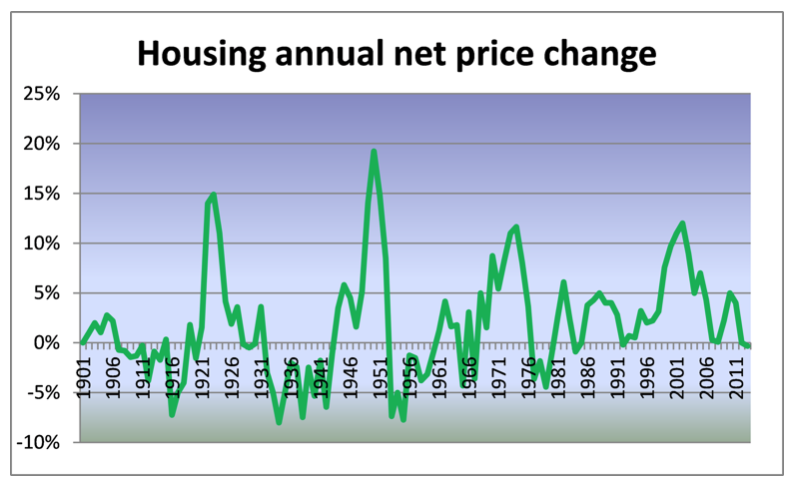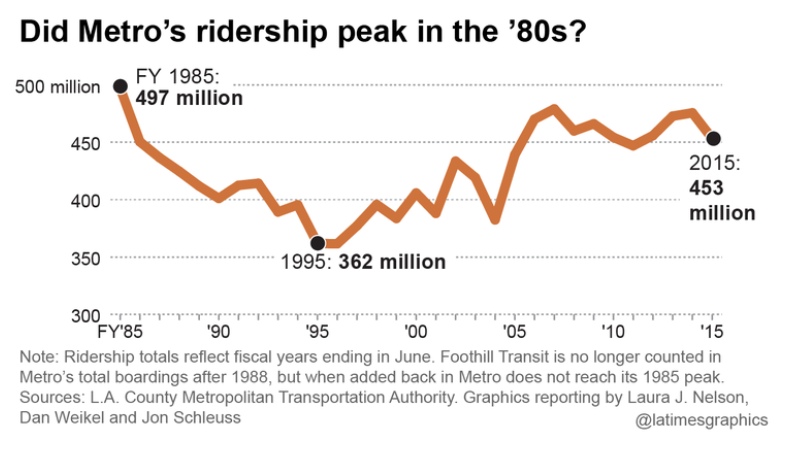CommentsPLATKIN ON PLANNING-By now most CityWatch readers are familiar with SB 50, California State Senator Scott Wiener’s reboot of last year’s SB 827, a bill that died in committee.
But many people do not yet know that despite a slick PR campaign, SB 50 is worse than SB 827. It will not only fail to reach its goals, but it will instead produce gentrification, traffic congestion, and more Green House Gases. The reason? SB 50 is based on two utterly false premises.
False premise 1. Homelessness and the high cost of housing result from municipal zoning laws. A simple peek at the booms and busts of the real estate market quickly reveals the irrelevance of zoning to the cost of housing. Unlike rapidly fluctuating interest rates and lending requirements, consumer demand, rent control laws, fuel prices, road conditions, mass transit fares, tax laws, government housing programs, and economic inequality, zoning is fixed. A stable variable, zoning, cannot cause wild gyrations in residential prices and building rates, all shown on the following graph.

False premise 2. Transit ridership is low because not enough people live near bus and subway lines. Therefore, if Sacramento forces cities to increase permitted densities, transit ridership will soar.
But cities like LA are already filled with neighborhoods that have the permissive zoning, Scott Wiener extolls, along with extensive untapped zoning capacity and many new apartment houses located near mass transit. DTLA, Wilshire Boulevard, Koreatown, Westwood, Century City, Hollywood, Miracle Mile and Fairfax, North Hollywood, Valley Village, Warner Center, and similar neighborhoods all disprove SB 50’s second false premise.
As shown below, despite all this new housing and LA’s slow population gains, METRO’s transit ridership is in steady decline. More up-zoning will either make no difference, or it will result in even more expensive, auto-centric apartment buildings. The end product will not be more bus and rail passengers, but more cars, traffic congestion, Green House Gases, and residential displacement. The housing crisis will get worse, not better.

Furthermore, SB 50, like its local copycats (e.g., transit neighborhood plans), are blind to the obvious causes of low transit ridership: long travel times, infrequent buses, unreliable schedules, expensive fares, insufficient bus shelters, broken and treeless sidewalks, missing arrival and departure signage, second-rate cell phone apps, dirty and unsafe buses, complicated transfers, and rising car ownership.
Adios to planning, zoning, and environmental reviews. Beyond SB 50’s two faulty premises lie minefields of intended and unintended consequences that will totally undermine planning, zoning, and environmental laws throughout California.
At present, State and municipal laws, including the Los Angeles City Charter, require cities to prepare, adopt, periodically update, implement, and monitor their General Plans. But under SB 50, cities could substitute a Community Plan update for the proposed law's provisions -- but with one caveat: The updated Community Plan must be consistent with SB 50’s enormous increases in local densities. Since LA’s 35 community plans are City Council-adopted policy documents, not zoning ordinances, each update -- and there are now 16 in the pipeline – would then require an appended ordinance to massively up-zone every Los Angeles neighborhood.
As a result, SB 50 would create a massive knot of approved high-density projects that conflict with locally adopted plans and zones. These conflicts would spawn predicable lawsuits that would overwhelm court dockets for years – or until the State Legislature rescinded SB 50. More specifically, despite SB 50, LA’s General Plan Framework Element would still exist, and it would still require that proposed zone changes demonstrate sufficient infrastructure and public services. In fact, this is the basis for the Fix the City lawsuit against the Expo Transit Neighborhood Plan, and the same infrastructure issues would apply to the proposed Purple Line Extension Transit Neighborhood Plan and similar up-zoning schemes.
But wait, you ain’t heard nothing yet! According the Coalition to Preserve LA and to Dr. Peter Anderson, Chair of the San Diego Chapter of the Sierra Club, SB 50 is rife with many other pitfalls:
- Most SB 50 projects will be exempt from discretionary zoning reviews and the California Environmental Quality Act because they only need administrative (ministerial), not discretionary approvals. Residents would, therefore, never receive notices, submit testimony, attend hearings, obtain written determinations, or appeal projects. They would first learn about a new SB 50 project when its bulldozers showed up at 7 a.m.
- Developers will no longer need to demonstrate that their projects comply with local laws. Rather, the burden of proof will be on local entities to prove in court that they have made a correct ruling in disputed SB 50 cases, which are limited to one category: the project harms public safety.
- The bill would allow developers to build large apartment buildings in neighborhoods now zoned for single-family homes and duplexes, including HPOZs and RFAs. As show on this map, SB 50 would wipe out zoning and planning laws in most of the Los Angeles area. It would consequently promote sprawl because anyone who wanted to live in a house would be forced to move beyond the reach of SB 50, to distant suburbs.
- Although the bill would increase population densities in most urban neighborhoods, it has no requirements or funding for adequate public infrastructure and services in these same areas, including emergency responders, sidewalks, parks, schools, playgrounds, bicycle lanes, electricity, telecommunications, storm drains, sanitary sewers, new transit, and transportation infrastructure. The worst hit neighborhoods would be those subject to SB 50 because they are “jobs rich.”
- While SB 50 projects would have minimal affordable housing requirements, the bill does not require any on-site inspections of this housing. As a result, affordable units would be easily gamed by landlords who are intent on renting out these units at market rates to jack up their profits.
- The density bonuses that developers could request for their SB 50 projects include the elimination of front, side, and rear yards. When they go, trees and landscaping follow because their planting locations are truncated. As for off-site parkway trees, the backbone of the urban forest and mitigation of climate change, SB 50 ignores them completely.
Among this doom and gloom is at least one piece of good news. Opposition to SB 50 is growing across the entire state, and you can do your part by directly communicating with your representatives in Sacramento. Here is the link that has the details you need to join the opposition to SB 50.
Submit your comments as soon as possible.
(Dick Platkin is a former Los Angeles city planner who reports on local planning controversies for City Watch. He serves on the board of United Neighborhoods for Los Angeles (UN4LA) and welcomes comments and corrections at [email protected].) Prepped for CityWatch by Linda Abrams.
















